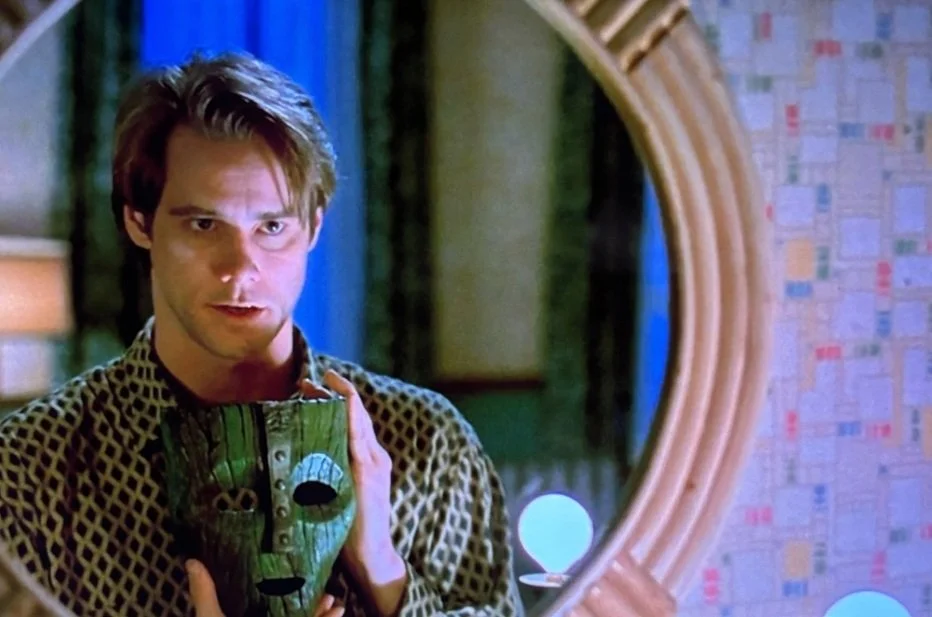Brainspotting is a brain-based processing method similar to EMDR that channels the body’s natural ability to heal itself from overwhelming or stressful experiences that generate symptoms like anxiety, depression, hypervigilance, and overreactivity. It does so by finding specific eye positions (Brainspots) linked to unprocessed stress experiences stored in the brain and letting the body “detox”.
How Online Therapy Can Help
How to Help a Loved One Ground: Sensory Recall
Living Wholehearted: Emotions Help Us Thrive
Emotions are an essential part of life and relationships. Try as you might, you won’t be able to get rid of them…and there’s no need to! Anxiety, guilt, shame, anger, and sadness reveal legitimate needs that all of us have. As we reintegrate emotions back into our lives, we are empowered to engage life to the fullest.













